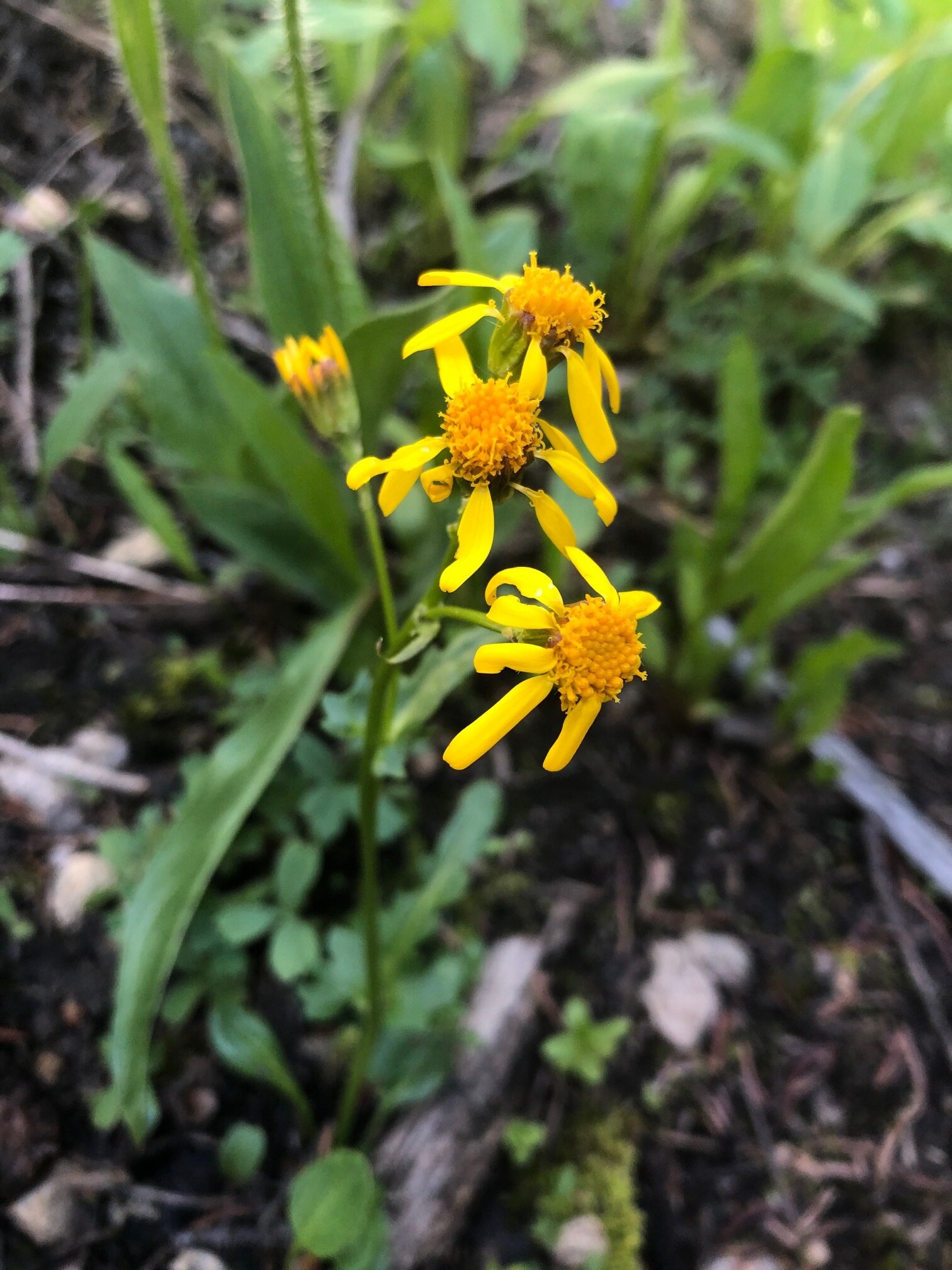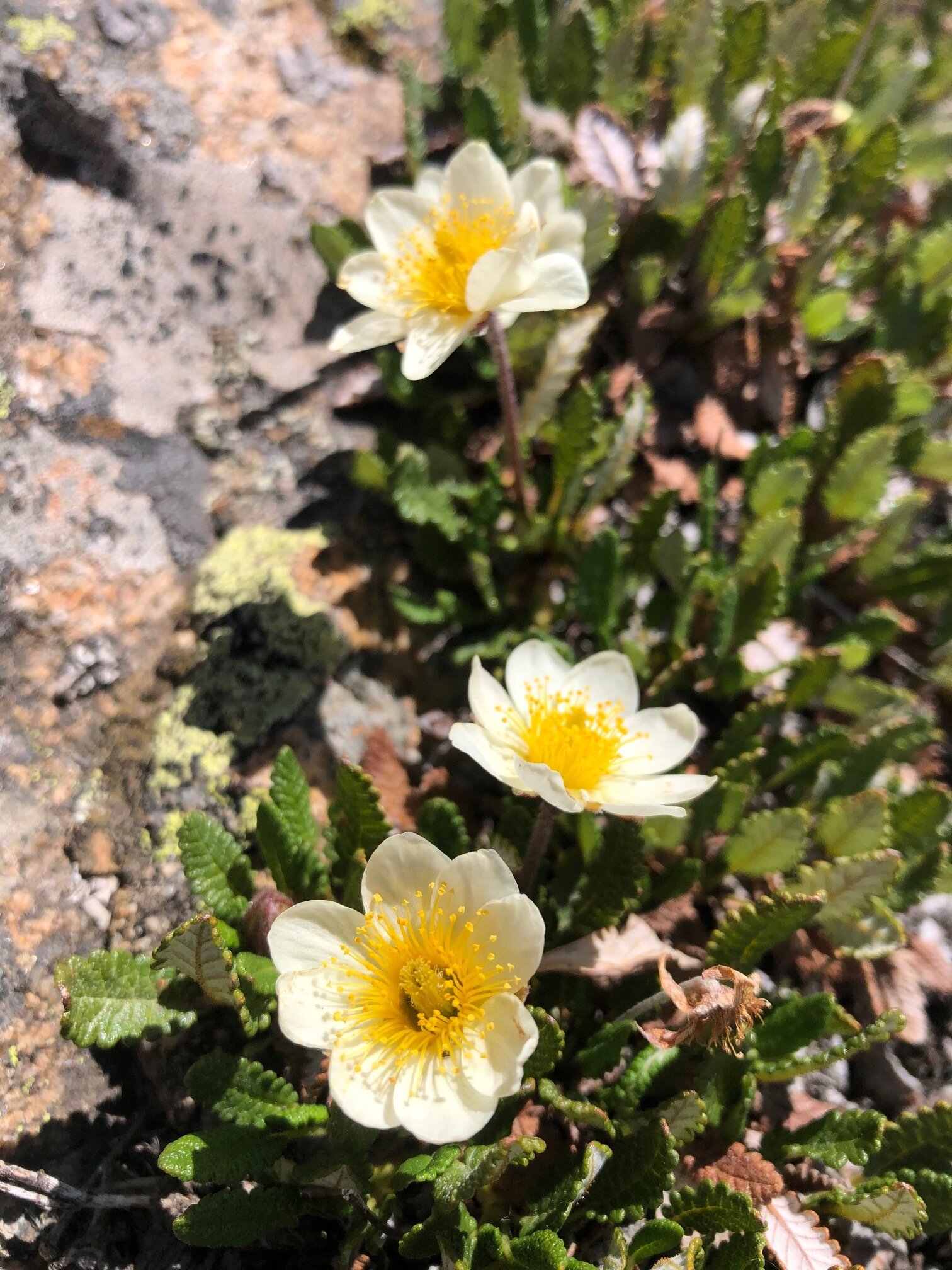Frasera speciosa, July 17, 2020
Common & scientific name
Green gentian, Frasera speciosa
Family
Gentian, Gentianaceae
Location
Independence Ghost Town, 10,700’
Fun, weird, helpful, or little known fact
A monocarpic monster that produces a root system and rosette of leaves for between 20-80 years (averaging 35) before sending up its stalk of 4-petaled flowers, then dying. Last year (2019) saw a superbloom of green gentian in our region. After studying what causes superblooms, or “masts,” in green gentian, Dr. David Inouye at the Rocky Mountain Biological Lab in Gothic determined that a very wet July and August 4 years previous seemed to trigger the plant in preforming its (initially microscopic) stalk. This year looks to be rather ordinary, with green gentian sprouting up here and there in sunny high meadows or roadside.
F. speciosa close-up, July 17, 2020





































